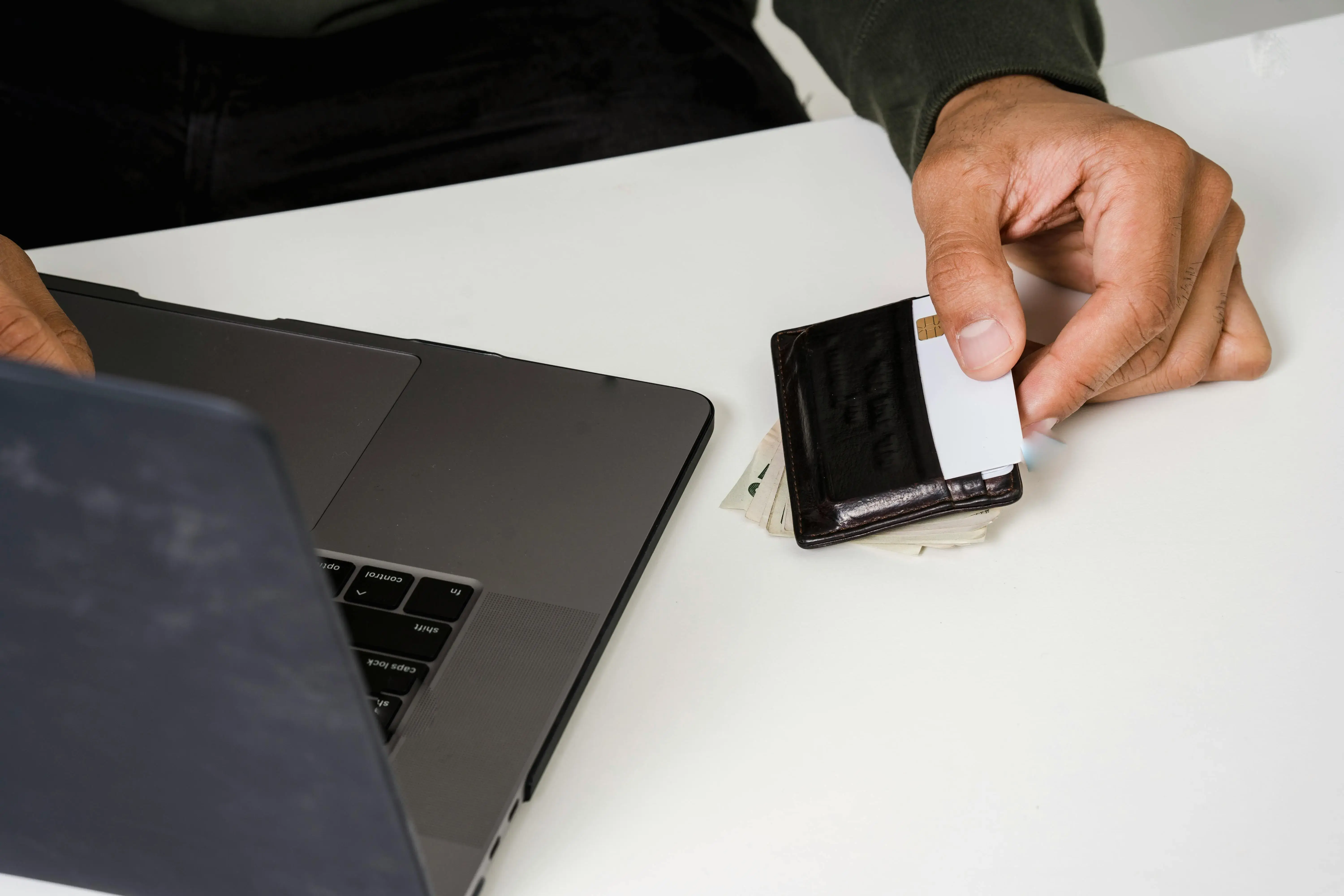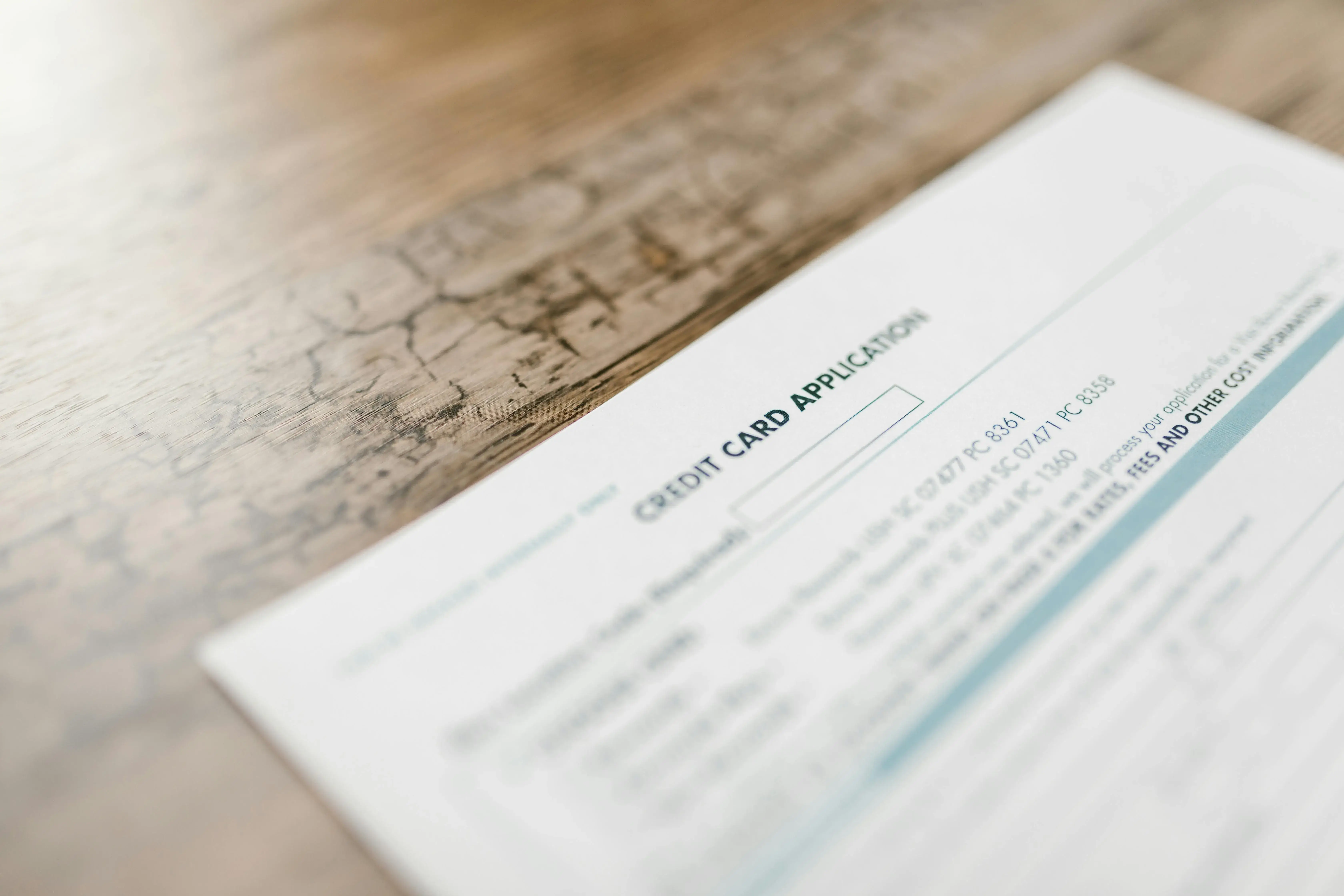
Kudos has partnered with CardRatings and Red Ventures for our coverage of credit card products. Kudos, CardRatings, and Red Ventures may receive a commission from card issuers. Kudos may receive commission from card issuers. Some of the card offers that appear on Kudos are from advertisers and may impact how and where card products appear on the site. Kudos tries to include as many card companies and offers as we are aware of, including offers from issuers that don't pay us, but we may not cover all card companies or all available card offers. You don't have to use our links, but we're grateful when you do!
How to Avoid Credit Card Interest
July 1, 2025


Understanding how to avoid interest on credit cards is crucial for managing personal finance effectively. This guide will help you navigate the complexities of credit card interest and provide strategies to avoid unnecessary charges.
Understanding the Basics of Credit Card Interest
Credit card interest can quickly accumulate, making it essential to understand how it works. Credit card companies calculate interest using the Annual Percentage Rate (APR). The interest accrues daily on any unpaid balance after your billing cycle ends. Knowing the terms and conditions of your credit card can help you manage your debt better.
How Credit Card Interest Works
Credit card interest is calculated based on the APR, which represents the yearly interest rate. However, interest accrues daily, which means that if you carry a balance, you’ll be charged interest every day until it’s paid off. This makes it important to pay off your balance as quickly as possible to avoid high interest charges.
Look for credit cards with low interest rates or introductory offers. These can help you manage your payments better and minimize interest charges, making your credit card usage more cost-effective.
The Role of the Grace Period
A grace period is the time between the end of your billing cycle and your payment due date. During this period, you won’t accrue interest on new purchases if you pay your balance in full by the due date. Missing this window means you'll start accruing interest on your balance.
Strategic Payment Tactics to Sidestep Interest
The Best Time to Pay Your Credit Card Bill
Pay your credit card bill within the grace period to avoid interest. Aligning your payments with the grace period ensures you won’t be charged interest on your new purchases.
Paying the Full Balance vs. Minimum Payment
Always aim to pay your full balance to avoid interest. Paying only the minimum payment results in carrying a balance, which accrues interest.
Utilizing Balance Transfer Credit Cards
Balance transfer credit cards can help manage high-interest debt. These cards often offer a 0% intro APR on transferred balances, allowing you to pay off your debt without accumulating additional interest.
Navigating Special Scenarios: Cash Advances and Intro APR Offers
Certain transactions, like cash advances, start accruing interest immediately without a grace period. Avoid cash advances unless absolutely necessary. Introductory APR offers can be beneficial, but it’s crucial to understand their terms.
The Pitfalls of Cash Advances
Cash advances should be avoided due to immediate interest accrual and high fees. They also lack a grace period, meaning you start accruing interest from the day of the transaction.
Leveraging Introductory APR Offers
Introductory APR offers can help you save on interest for a limited time. Use these offers wisely to pay down debt. Remember that the standard APR will apply after the introductory period ends.
Long-Term Strategies to Keep Credit Card Interest at Bay
To avoid interest charges in the long run, consider these strategies:
Regularly Reviewing and Negotiating Lower Interest Rates
Periodically review your credit card terms and negotiate lower interest rates with your card issuer. A lower APR can significantly reduce the amount of interest you pay.
Maintaining a GoodCredit Score
Maintaining a good credit score can help you qualify for credit cards with lower interest rates. Pay your bills on time, keep your credit utilization low, and monitor your credit report regularly.
Choose the Best Credit Cards
Select credit cards that align with your spending habits and repayment capabilities. Look for cards with favorable terms, such as low APRs, rewards programs, and minimal fees.
The Best Low Interest Rate Credit Cards
For those looking to minimize interest charges, consider the following low-interest rate credit cards:
Chase Freedom Unlimited®
[[ SINGLE_CARD * {"id": "497", "isExpanded": "false", "bestForCategoryId": "15", "bestForText": "Flexible Rewards", "headerHint" : "VERSATILE EARNING UNLOCKED" } ]]
Capital One VentureOne Rewards Card
[[ SINGLE_CARD * {"id": "440", "isExpanded": "true", "bestForCategoryId": "15", "bestForText": "No Fee Travel", "headerHint" : "EXPLORE THE WORLD" } ]]
Conclusion: Making an Informed Decision
Avoiding credit card interest is crucial for maintaining healthy personal finances. By understanding how interest accrues, leveraging grace periods, and utilizing strategic payment tactics, you can avoid unnecessary charges. Always consider your financial health and the terms of your credit cards to make informed decisions.
For additional insights and to find the best credit cards, use tools like Kudos, which partners with The Points Guy to offer the best sign-up bonuses and help you double your rewards at over 15,000 stores. Kudos is a free AI-powered smart wallet and the best way to manage your credit cards, discover new cards with low interest rates, and unlock your credit card rewards and benefits.
Credit Card Interest FAQs
Can I pay IRS taxes with a credit card?
Yes, you can pay IRS taxes with a credit card using authorized payment processors like Pay1040 and ACI Payments, Inc.
Is paying taxes by credit card a good idea?
Paying taxes by credit card can be beneficial if you earn rewards or cash back, but be aware of processing fees and potential interest charges.
What are two downsides to paying your taxes with a credit card?
Two downsides are the high processing fees and the risk of accruing interest if the balance isn’t paid off quickly.
How much does TurboTax charge to pay taxes with a credit card?
TurboTax charges around 2.49% to 3.99% of the payment amount as a processing fee for credit card payments.
When should I pay my credit card bill to avoid interest?
Pay your credit card bill in full before the end of the grace period to avoid interest charges.
How can I stop paying interest on credit cards?
Pay your full balance each month before the due date and avoid carrying a balance to stop paying interest.
Do I pay interest if I pay the statement balance?
No, you do not pay interest if you pay the statement balance in full by the due date.
How does credit card interest work?
Credit card interest is calculated based on the APR and accrues daily on the outstanding balance after the grace period ends.
Can you extend your credit card grace period?
No, you cannot extend the grace period; it is set by the credit card issuer.
How can I avoid paying credit card interest?
Avoid paying credit card interest by paying your balance in full each month before the due date.
How do credit scores affect your interest rate?
Higher credit scores typically qualify for lower interest rates, while lower scores result in higher rates.
Can You Do A Partial Balance Transfer?
Yes, you can do a partial balance transfer to move part of your credit card debt to another card with a lower interest rate.
What strategies can I use to avoid incurring interest charges on my credit card purchases?
Pay your balance in full each month, take advantage of introductory 0% APR offers, and avoid cash advances to avoid incurring interest charges.
What are the best strategies to avoid paying interest on credit card purchases?
Always pay the full balance by the due date, use balance transfer offers wisely, and maintain a low credit utilization ratio.
Unlock your extra benefits when you become a Kudos member

Turn your online shopping into even more rewards

Join over 400,000 members simplifying their finances

Editorial Disclosure: Opinions expressed here are those of Kudos alone, not those of any bank, credit card issuer, hotel, airline, or other entity. This content has not been reviewed, approved or otherwise endorsed by any of the entities included within the post.

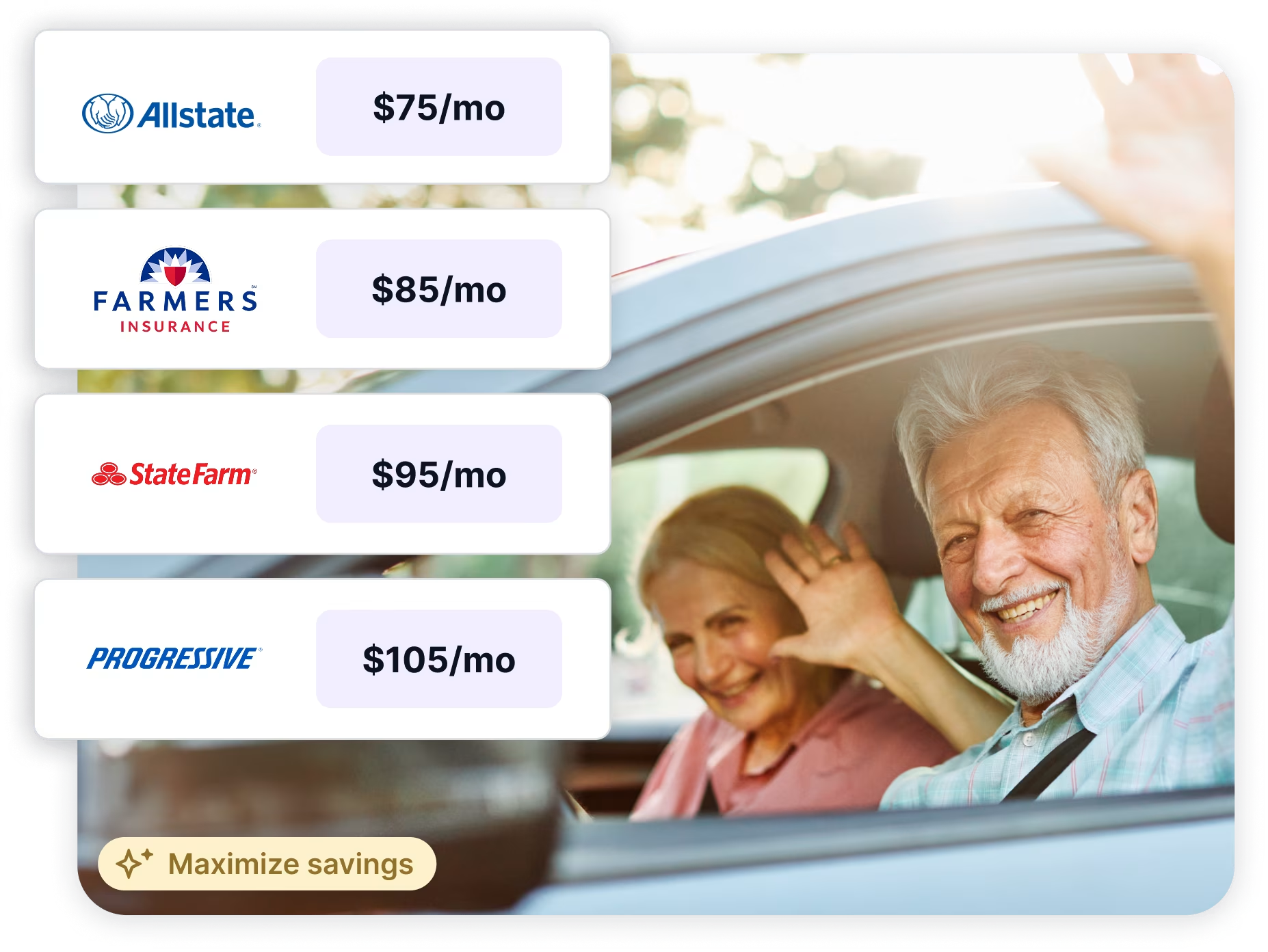
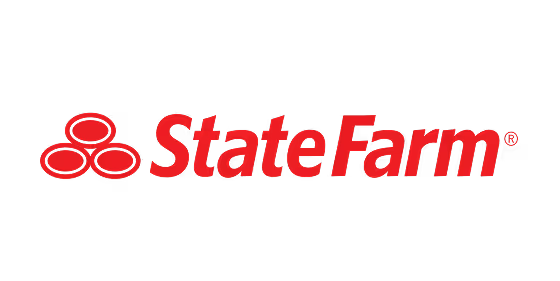
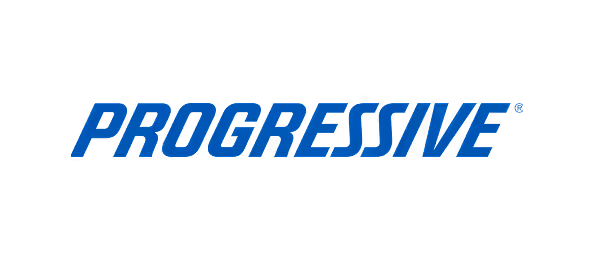




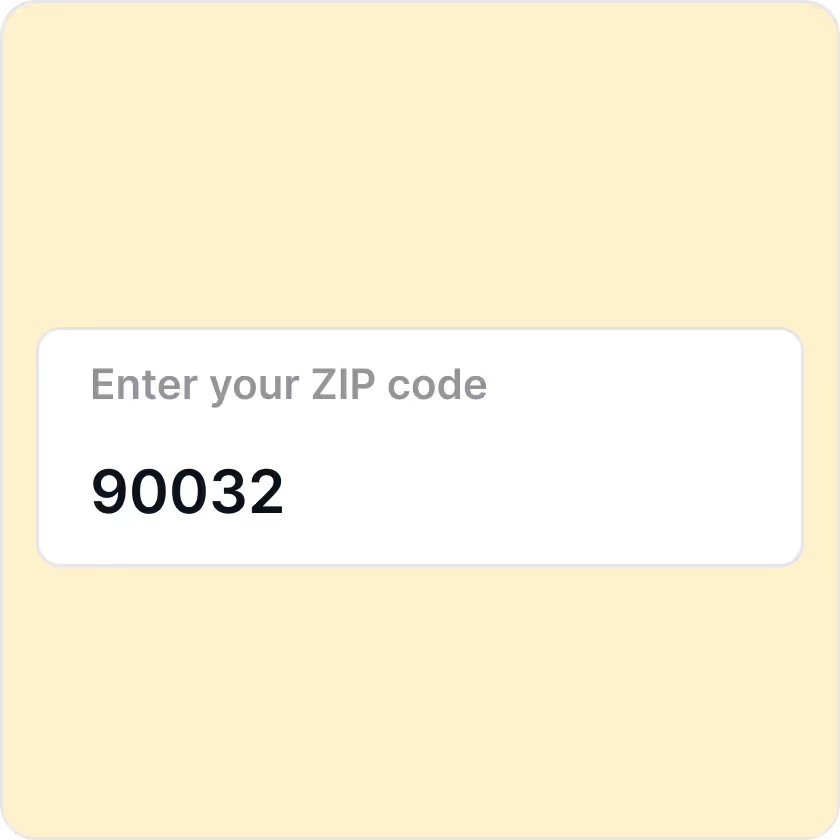

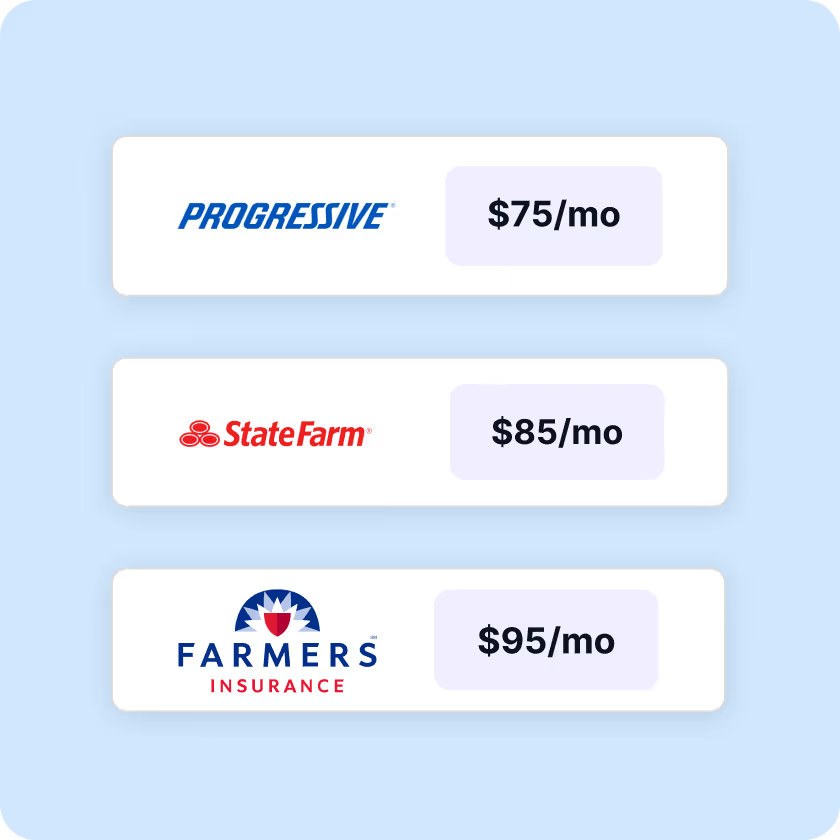























.webp)
.webp)
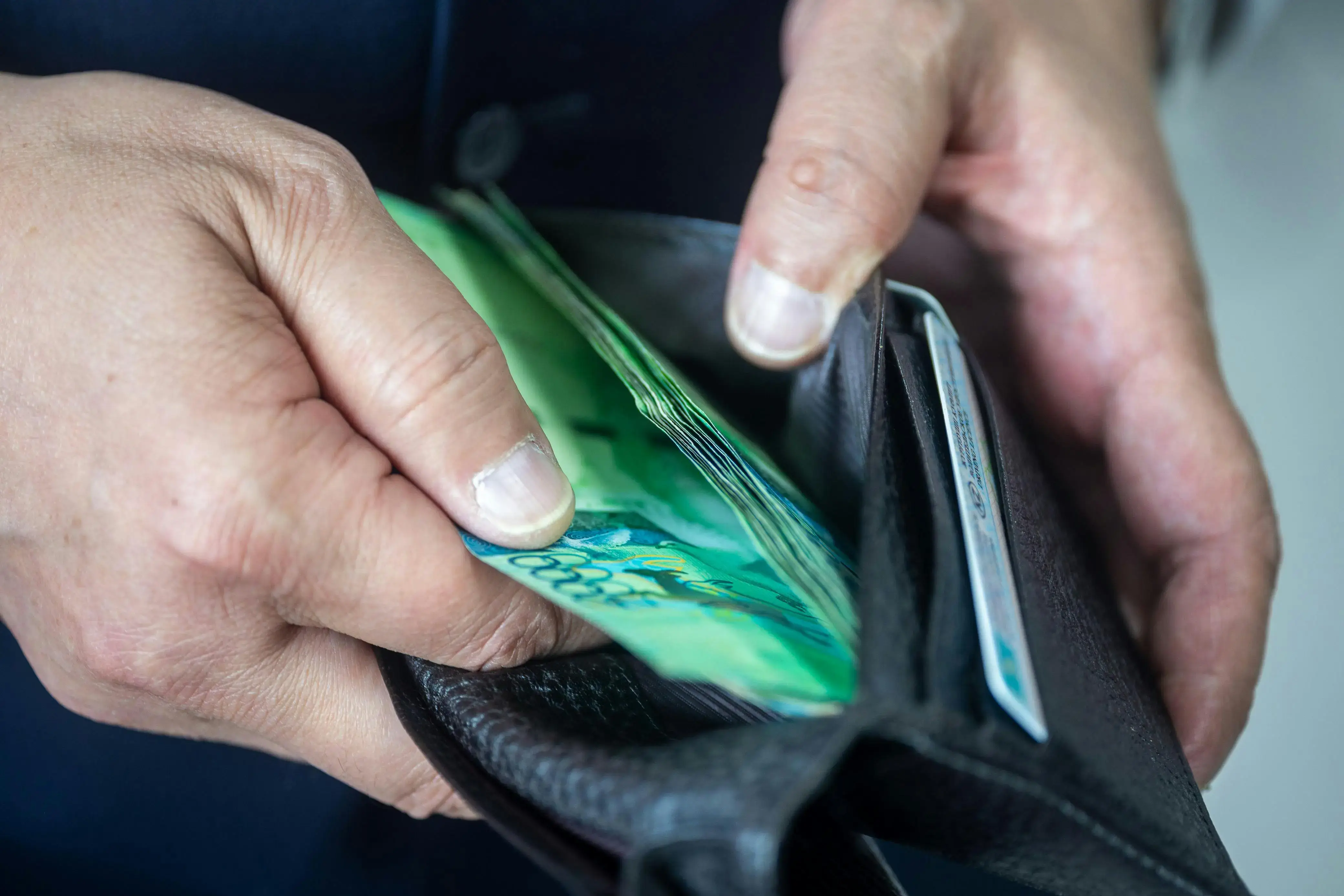
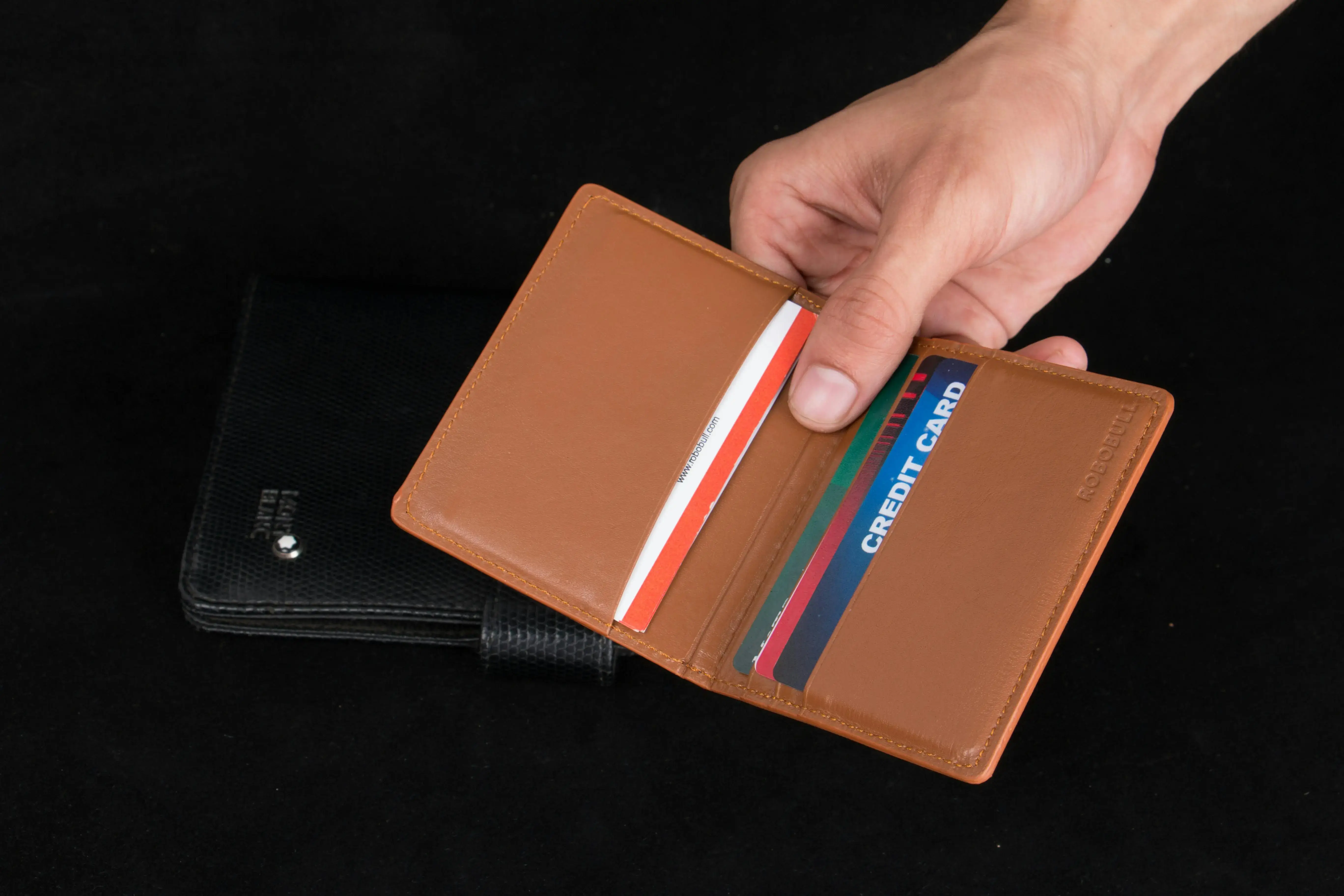

.webp)
